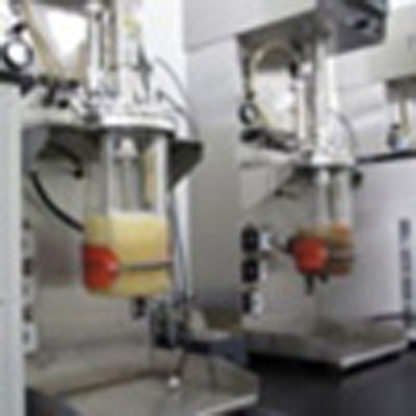- Record: found
- Abstract: found
- Article: found
A bacterial platform for fermentative production of plant alkaloids

Read this article at
Abstract
The secondary metabolites of higher plants include diverse chemicals, such as alkaloids, isoprenoids and phenolic compounds (phenylpropanoids and flavonoids). Although these compounds are widely used in human health and nutrition, at present they are mainly obtained by extraction from plants and extraction yields are low because most of these metabolites accumulate at low levels in plant cells. Recent advances in synthetic biology and metabolic engineering have enabled tailored production of plant secondary metabolites in microorganisms, but these methods often require the addition of expensive substrates. Here we develop an Escherichia coli fermentation system that yields plant alkaloids from simple carbon sources, using selected enzymes to construct a tailor-made biosynthetic pathway. In this system, engineered cells cultured in growth medium without additional substrates produce the plant benzylisoquinoline alkaloid, (S)-reticuline (yield, 46.0 mg l −1 culture medium). The fermentation platform described here offers opportunities for low-cost production of many diverse alkaloids.
Abstract
 Secondary metabolites are widely used in human health and nutrition, but extraction
yields from plants are often low. Nakagawa
et al. have engineered the metabolism of
Escherichia coli to develop a fermentation system that produces plant alkaloids from simple carbon
sources.
Secondary metabolites are widely used in human health and nutrition, but extraction
yields from plants are often low. Nakagawa
et al. have engineered the metabolism of
Escherichia coli to develop a fermentation system that produces plant alkaloids from simple carbon
sources.
Related collections
Most cited references25
- Record: found
- Abstract: found
- Article: not found
Biosynthesis of plant isoprenoids: perspectives for microbial engineering.
- Record: found
- Abstract: found
- Article: not found
Crystallographic evidence that the dinuclear copper center of tyrosinase is flexible during catalysis.
- Record: found
- Abstract: found
- Article: not found